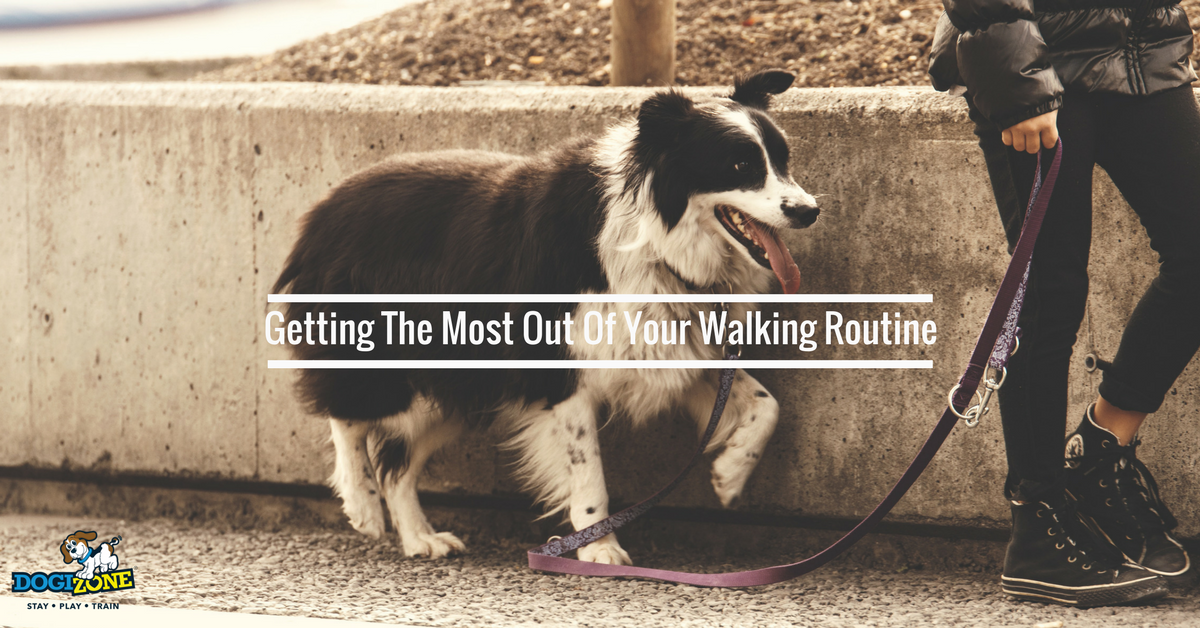Getting The Most Out Of Your Walking Routine
Walking Dogs Dos and Don’ts 
Walking your dog is perhaps one of the best parts of the day. It is a time to unwind, enjoy a bit of the great outdoors and just get away from all the pressure and stress of life.
For many dog owners, walks are just as much for their own physical and mental well-being as they are for the dog. In studies, people who routinely walk their dogs tend to have better overall physical health and have less difficulty in losing weight or in maintaining weight. In addition, people who routinely exercise with their pooch report higher rates of satisfaction with life and happiness. For those with depression, the combination of physical activity, companionship of the dog, interaction with other people, and getting outside can also increase their quality of life and decrease the significance of the symptoms of depression.
There are a few dog walking dos and don’ts to consider if you are just starting a routine or if you are struggling to maintain your current routine. Taking the time to schedule and plan dog walking will allow you to make the most out of this part of pet ownership.
In Warm Weather
In warm weather, it is best to walk your dog in the cooler periods of the morning and in the early part of the evening. This allows both you and the dog to avoid being outside in the heat of the day. Avoiding the hottest periods of the day will help you to avoid dehydration and, in extreme conditions, the risk of heat stroke.
If you do need to walk your dog when it is warmer, find routes where you can walk in the shade and not in the direct sunlight. Often local parks, state parks, or even national parks close to your location offer hiking paths that have a nice cover of trees for you to stay relatively cool most of the day.
When walking your dog at dusk and dawn, invest in a reflective jacket or vest and add a reflective collar or harness and leash for the dogs. Reflective tape can also be applied to t-shirts for easy visibility.
In Cold Weather
In cold weather, consider alternating your schedule to walk in the afternoons when the cold temperatures are less intense. While this is not always possible for those who work or go to school, afternoon walks are a great way to have a dog park or hiking path largely to yourself.
Of course, as with any cold weather exercise, dress in layers to stay warm. Additionally, for short-coated or small dogs, consider a winter sweater, vest, or dog hoodie. For all dogs, consider winter shoes to prevent ice, salt, and road chemicals from collecting in their feet and causing irritation and injury.

